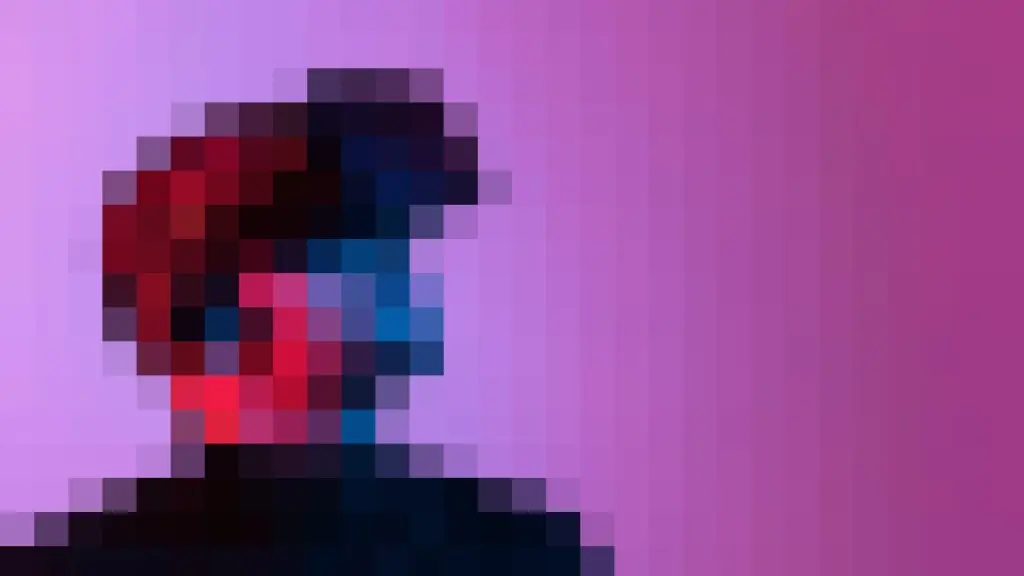So you’re thinking about starting a side hustle? Maybe you want to escape the 9–5, or simply want to make extra money on the side without quitting your job. The good news? You don’t need a fancy degree, tons of money, or even experience to begin.
In this post, I’ll walk you through a beginner-friendly roadmap to launch your first online side hustle. Each step includes practical tools, real websites, and resources to help you move from idea to income.
You don’t have to be great to start, but you have to start to be great.
Zig Ziglar
Step 1: Pick a Side Hustle That Matches Your Skills (or Curiosity)
First, you need to find a hustle that either:
- Uses a skill you already have (writing, design, research, talking to people, etc.), or
- Involves something you’re willing to learn quickly.

Examples of easy-entry side hustles:
| Side Hustle | Great For | Where to Get Started |
| Freelance Writing | Good with words | Upwork, Freelancer, ProBlogger Jobs |
| Virtual Assistant | Organized people | Belay, Zirtual, Fiverr |
| Selling Digital Products | Creatives | Etsy, Gumroad, Payhip |
| Print-on-Demand | Designers or marketers | Redbubble, Teespring, Printful |
| Affiliate Blogging | Content lovers | Start your own blog (like this one!), ShareASale, Amazon Associates |
Quick and easy access to the content they’re after is more important for your website users than a… visually-stunning design.
Website navigation allows visitors to flow from one page to another without frustration. If you’ve done your job well, visitors leave your site with the intention to return and might even buy something from you or sign up for your email list.
Creating visual rhythms in your layouts
In design, rhythm is created by simply repeating elements in predictable patterns. This repetition is a natural thing that occurs everywhere in our world. As people, we are driven everyday by predictable, timed events.

Rhythm also factors into the layout of content. For example, you “might have” blog articles, press releases, and events each follow their own certain layout pattern.
- Direct the Eye With Leading Lines
- Balance Out Your Elements
- Use Elements That Complement Each Other
- Be clear about your “focal points” and where you place them
The size and position of elements in a composition will determine its balance. An unbalanced design generates tension, which may be the goal in many design projects.
Diving into UX and UI design
UX and UI: Two terms that are often used interchangeably, but actually mean very different things. So what exactly is the difference?
Styles come and go. Good design is a language, not a style.
Massimo Vignelli
UX design refers to the term “user experience design”, while UI stands for “user interface design”. Both elements are crucial to a product and work closely together. But despite their relationship, the roles themselves are quite different.
Ensure that interactive elements are easy to identify
Provide distinct styles for interactive elements, such as links and buttons, to make them easy to identify. For example, “change the appearance of links” on mouse hover, “keyboard focus”, and “touch-screen activation”.
Breaking down the barriers
Design is not the end-all solution to all of the worlds problems — but with the right thinking and application, it can definitely be a good beginning to start tackling them.










